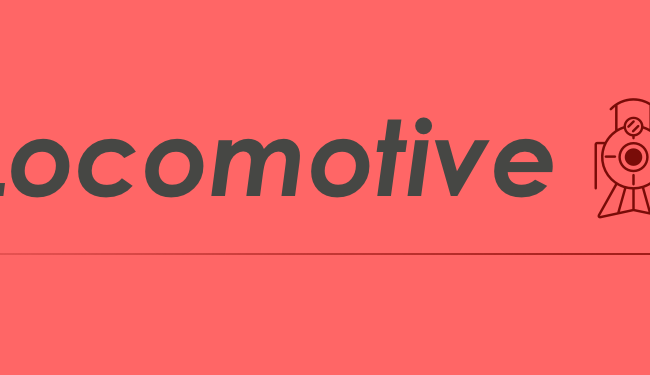In our last post, we talked about how to choose the right plugin. But what if the right plugin hasn’t been developed yet?
Maybe you have to connect to an obscure third-party API. Or you have a very specific workflow requirement. Or some other edge case scenario that an off-the-shelf plugin doesn’t cover. Have you considered a custom plugin? Let’s use the Goldilocks scenario:

This One Is Too Big
There are plugins out there that try to be everything to everyone. The better ones offer filters for deep level customization, but many still offer vast settings options and allow for maximum flexibility.
But you don’t need maximum flexibility. You need a very specific setup. So while the big plugin may offer that, it’s doing so along with a lot of extra weight you don’t want your site to carry.
This One Is Too Small
We’re big fans of single-use plugins. In fact, we’ve built and released quite a few. But what if there isn’t one for your needs? Do you find a few and try to meld them together? Or do you decide it’s “good enough” and just make due? There’s got to be a better way!
This One Is Just Right
This is where a custom plugin comes in. Simply put – a custom plugin is built just for you to handle your specific needs. And depending on what those needs are, it can be very affordable. There are numerous benefits:
Streamlined setup and use
No unnecessary options or files
Seamless integration with current build
What To Look For
Good theme developers aren’t necessarily good plugin developers (and vice versa), although many freelance developers and shops are capable of both.
How To Scope
First, don’t look at how you’re currently accomplishing the task. Doing so can limit the possible solution. Remember, if your current setup worked you wouldn’t be looking at other options. Instead, take a step back and look at how the process should work. Think of it as a “perfect world” scenario. From start to finish, map out how you would want the process to flow from both a user and a management perspective. Where should items appear? In what order? Under what conditions? Taking the time to detail this will save a lot of headaches and potential issues later on.
Once you’ve done the scope on your end, contact a developer about the project. Don’t contact a huge list and ‘shop’ it, rather, do some research and look for a developer / agency that has done work similar to what you’re trying to accomplish. Again, the best person for one thing isn’t for another. If you had a custom theme built, ask the person who built it if they’d recommend someone (or if they do that work themselves). If the plugin is meant to integrate with an existing piece of software, see if that company has a ‘preferred developers’ list. Those are usually well thought out, as the company doesn’t want to list people who could damage their brand.
Now that you’ve done your homework, contact those on that short list and let them know, in detail, what you want to accomplish. Be sure to include all your information, timeline, budget (more on this later), and any other information that may be relevant. It’s better to give too much than too little.
The Cost
There isn’t a hard and fast rule about how much a custom plugin should cost, as the scope can vary drastically from one to the next. The price could range from a few hundred dollars to five figures, depending on what’s involved. Keep in mind that you get what you pay for, so don’t just rush to the lowest cost.
Simply put, life’s too short to settle for the wrong plugin. Solutions are just that: meant to solve a problem, not ‘almost’ solve a problem. So while many plugins exist that tackle a wide range of needs you may encounter, sometimes you just need something beyond that, for the special unique snowflake that you are.

